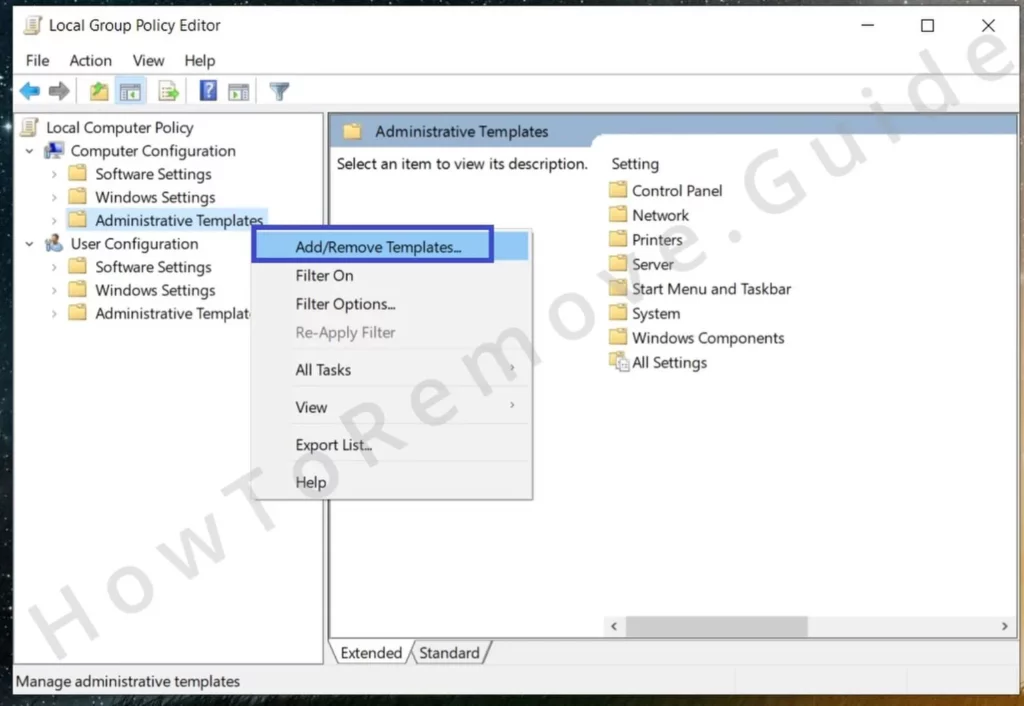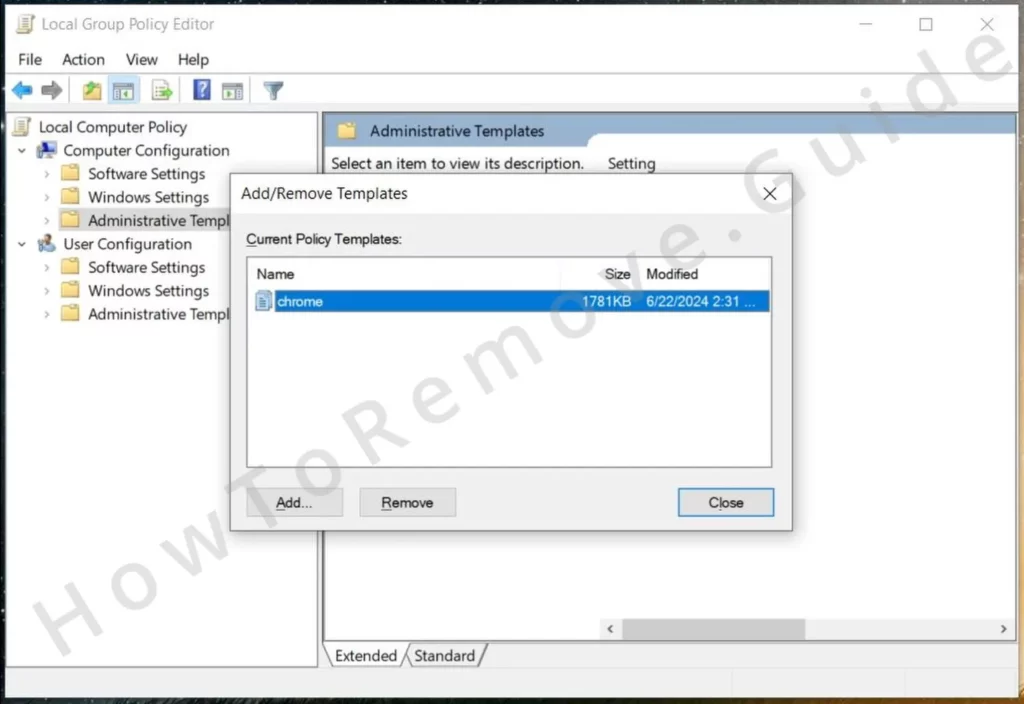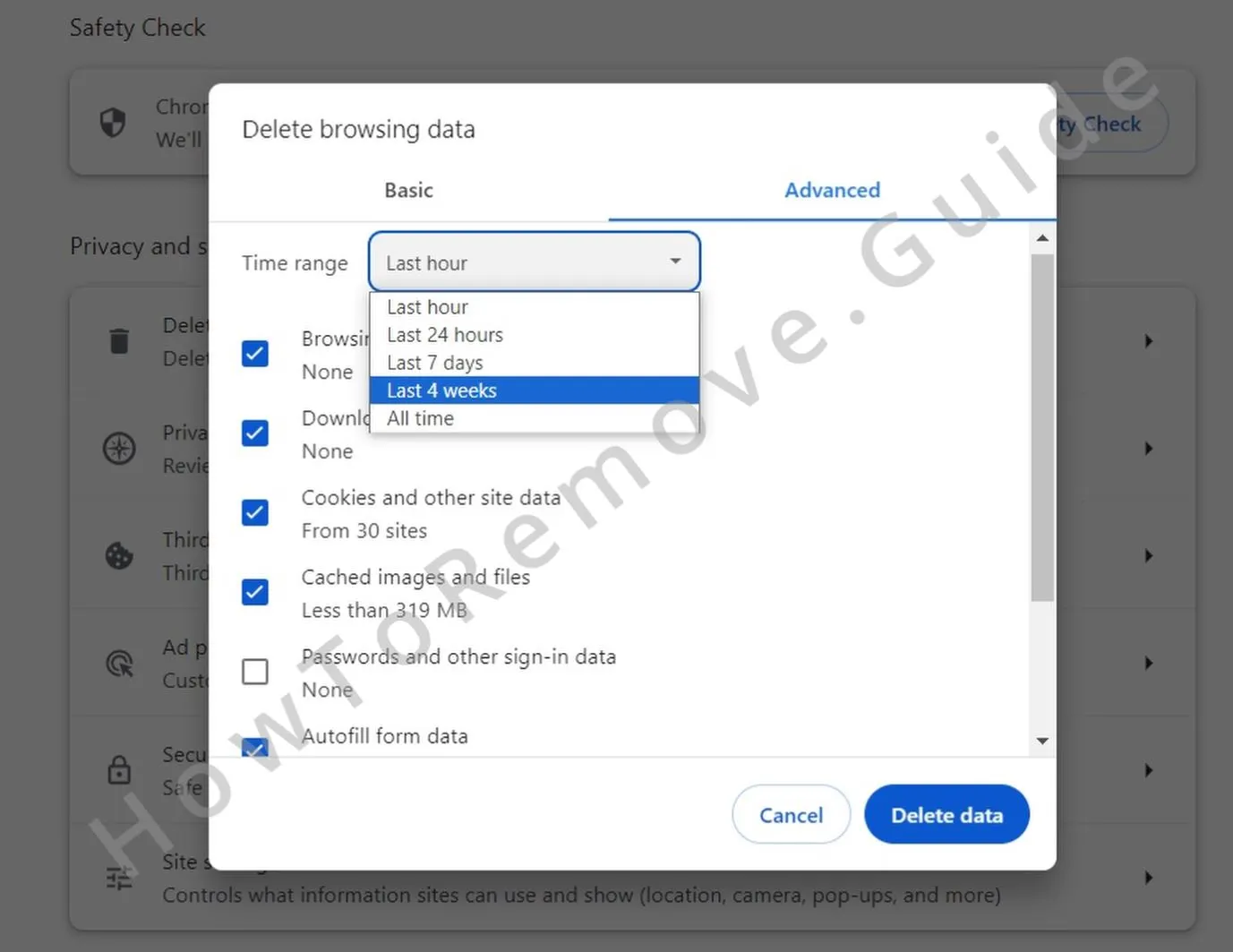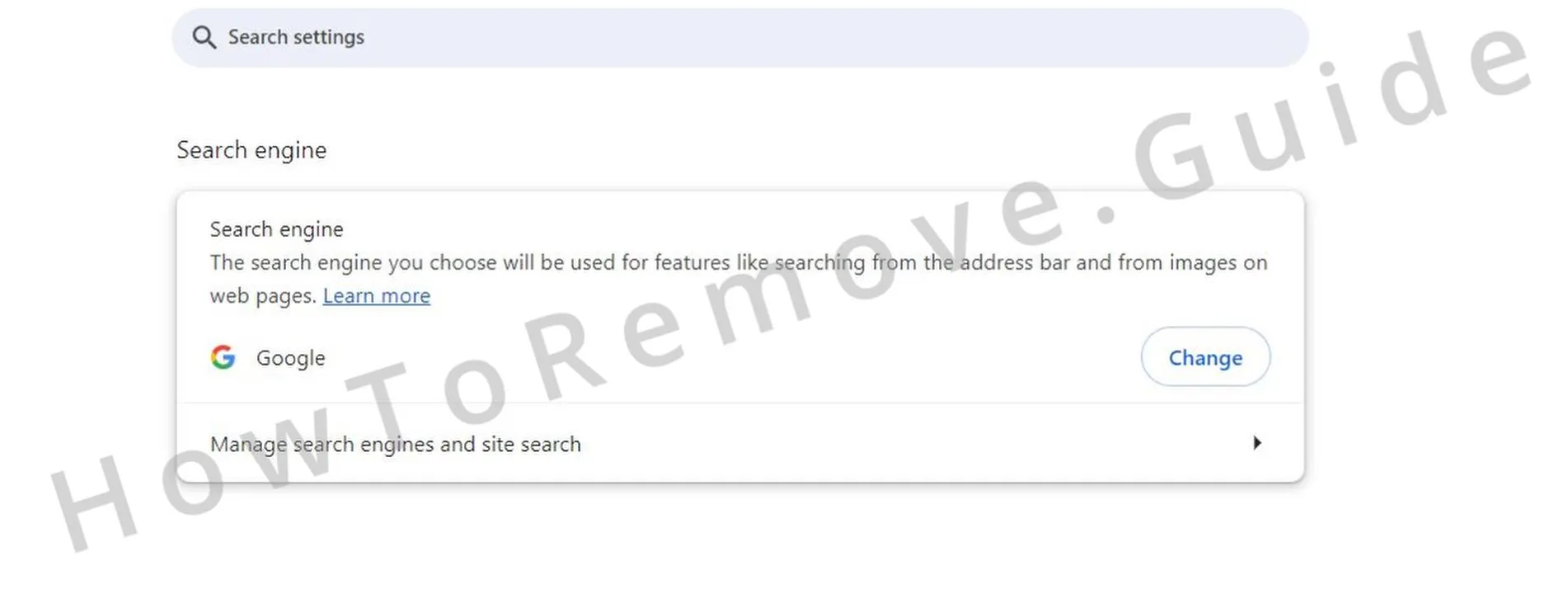MaxSearch appears to be a newly-emerged rogue browser extension that has the sole purpose of taking over your browser and redirecting your searches to promoted sites. It does this by replacing your current default search engine with boyu.com.tr or another similar rogue site, which will then exclusively handle your online searches whether you like it or not.
Needless to say, the redirects you can experience as a result of MaxSearch’s presence in your browser can sometimes lead you to sites, including ones that are trying to scam you or infect you with malware.
The only way to reliably stop this is to remove MaxSearch, but here comes the second main issue with this rogue extension. Like Abex.co.in, the Kittcat Chrome extension, and other similar hijackers, MaxSearch is particularly stubborn and won’t go away easily. The good news is we can offer you a thoroughly researched guide that tackles each of the hijacker’s persistence mechanisms to help you fully eliminate it.
MaxSearch Removal Tutorial
We always recommend that you first try removing the hijacker the conventional way. Most of the time this won’t work, but if it does, it will save you a bunch of time, so you should definitely give it a try:
- Go to the browser that MaxSearch has hijacked.
- Open its menu and click Settings.
- Open the Extensions section and look for MaxSearch and any other questionable add-ons you want to remove.
- Click the remove buttons on all of them.
- Restart the browser and go back to the Extensions Manager to see if the rogue apps are gone.
Don’t worry if this doesn’t work or if you are unable to complete any of these steps. It’s normal and we’ll help you overcome this obstacle in the detailed guide below.
SUMMARY:
How to Get Rid of MaxSearch Chrome Policies
As you can see, tackling a browser hijacker like MaxSearch can be intimidating especially when the hijacker hides its removal button under a “Managed by your organization” policy.
Yes, if you are seeing this message in your browser, it means MaxSearch has added a rogue third-party policy to it, which is stopping you from removing the rogue app. Dealing with the hijacker policy can be a bit confusing and time-consuming, but it’s essential if you want to be free of the rogue extension.
Step 1: Identify Rogue Browser Policies
Open Chrome. Type chrome://policy into the address bar. For Edge users, type edge://policy. A list of current policies affecting your browser will appear. Look for policies resembling random strings of characters. These are likely the culprits. Note down these values in a text file.

Step 2: Remove Suspicious Extensions
Access the Extensions Manager. Click the three-dot menu in Chrome, and go to Extensions > Extensions Manager. Enable Developer Mode (top-right for Chrome). This provides a detailed view of installed extensions.
Identify suspicious extensions that cannot be removed directly. Note down their IDs. Add these to your text file along with the policy values. If blocked from accessing the Extensions page, move to the next step.
Some hijackers don’t allow you to visit the Extensions Manager page. If this happens, do the following:
Navigate to your C: drive. Follow this path: Users > your user folder > AppData > Local > Google > Chrome > User Data > Default > Extensions. Locate folders matching the policy values and extension IDs noted earlier. Delete these folders.

Unsure which folders correspond to the rogue extensions? Delete all extension folders within this directory. You can reinstall legitimate extensions later.
Step 3: Use Registry Editor to Remove Rogue Policies
Press Win + R. Type regedit. Press Enter. In the Registry Editor, press Ctrl + F. Search for the policy values saved earlier. Delete matching keys. Repeat this for each extension ID.
You might get blocked from deleting a key. If this happens, right-click the folder above it. Select Permissions. Click Advanced > Change. Enter “everyone” in the object name field. Check names and click OK. Ensure the boxes for “Replace owner on subcontainers and objects” and “Replace all child object permissions” are checked. Apply changes and attempt to delete the rogue key again.
Other keys you must delete:
- HKEY_CURRENT_USER\Software\Google\Chrome
- HKEY_CURRENT_USER\Software\Policies\Google\Chrome
- HKEY_LOCAL_MACHINE\Software\Google\Chrome
- HKEY_LOCAL_MACHINE\Software\Policies\Google\Chrome
- HKEY_LOCAL_MACHINE\Software\Policies\Google\Update
This should be enough to remove any rogue MaxSearch policies, but there are two other steps we recommend.
Step 4: Clear Group Policies
Search for “Edit Group Policy” in the Start Menu. Open it. Expand Local Group Policy > Computer Configuration. Right-click Administrative Templates.

Select Add/Remove Templates. Remove all templates to clear group policies set by the rogue extension.

Step 5: Use Chrome Policy Remover Tool
Download the Chrome Policy Remover tool. Run it as an administrator. This tool executes a script to remove all active Chrome policies. This helps restore browser settings to their default state.
Note that you may get a security warning when trying to run the tool, but this shouldn’t worry you. The tool is safe so you can still run it without any issue to the system. Just click the More Info button in the warning and then click Run Anyway.
The Chrome Policy Remover will automatically run a script and any remaining policies in the Chrome browser will be deleted.

Uninstall the MaxSearch Chrome Extension
To clean your browser of the MaxSearch extension and remnants, go to Settings, then focus on these sections:
- Extensions: Remove MaxSearch and any other suspicious extensions.
- Privacy and Security: Clear browsing data from a period before the hijacker appeared. You can leave the Passwords data type intact if you want.

- Site Settings: Revoke permissions for suspicious URLs like
boyu.com.trorfindflarex.com. - Appearance and On Startup: Remove unwanted URLs.
- Search Engine Settings: Ensure your default search engine is reliable (e.g., Google or Bing). Remove dubious search engines from the Manage Search Engines section.

Perform these steps for each affected browser and not only your system’s default one.
Remove the MaxSearch Virus
One aspect of hijackers users tend to forget about is that they are usually delivered into the system with the help of some other unwanted software that the user has downloaded. The issue with this is even if you manage to fully delete MaxSearch (which you will if you follow our guide), the hijacker could soon return if the rogue app that brought it to you is still in the system.
However, that app could be anything so we can’t provide specific removal instructions for it. You can try deleting any suspicious recently installed apps by going to the Start Menu > Settings > Apps, but this will often not be enough to clean your PC.
For this reason, we strongly advise you to scan and clean your system with the help of a reputable anti-malware program. The tool we recommend for such situations is called SpyHunter. It can reliably identify and clean rogue apps that spread hijackers as well as keep you protected from a wide variety of malware in the future.
Of course, you can also try a different tool if you like, but the important thing is to not let any malware remain in your system or else your efforts could go to waste as your browser gets hijacked again.

Leave a Reply